Share
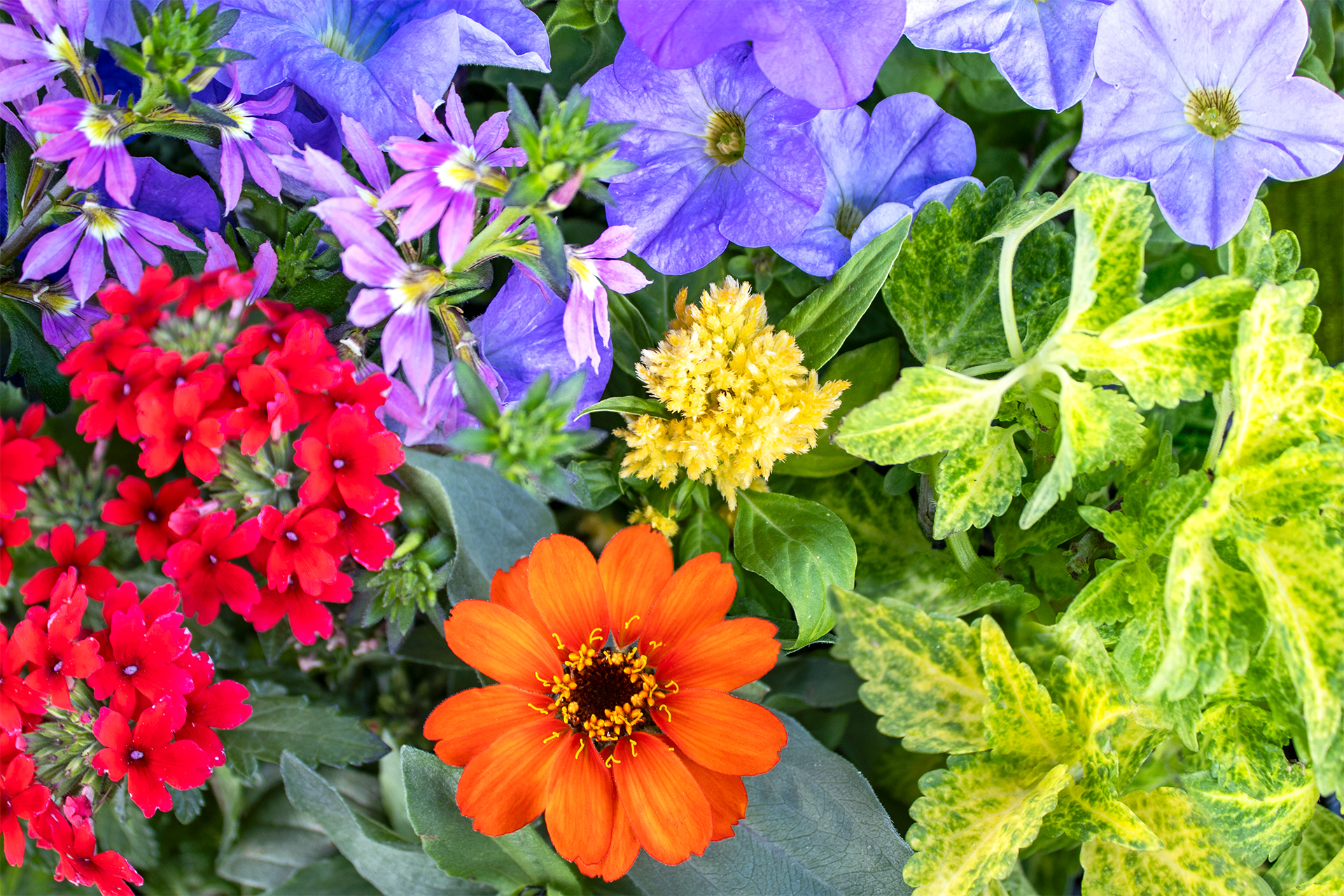
How Plants Get Their Colors
Can you paint with all the colors of the garden? It’s truly amazing the variety of colors plants come in. From rich crimsons to vivid blues to intense yellows and every combination thereof, plants color our world. These colors aren’t even made for humans, they’re meant to attract pollinators and animals that will spread seeds in order to create the next generation of plants, but we enjoy them all the same! Have you ever wondered what causes the rainbow of colors we see though?
There are 3 main compounds responsible for colors in plants: chlorophyll, carotenoids, and anthocyanins. Chlorophyll is, you guessed it, responsible for green. It’s also how plants even function in the first place, which is why green is the most common color you’ll see in plants by far. Carotenoids cover yellows, oranges, and some reds as their carrot-based name might suggest, while anthocyanins make red, blue, purple, and pink. These 3 can interact in different ways with each other as well as with other compounds within a plant such as sugars or metals absorbed from the ground in order to create new colors. Fall leaves are created by carotenoids working with sugars and anthocyanins as an example, but we’ll get more into that later. Anthocyanins are most stable when they create red or pink, but when they’re less stable or interact with metals they can create purple and blue as well.
You may notice some colors are missing from the list, however. White, brown, and black work a little differently than the more colorful hues caused by these 3 main compounds. While white light is the combination of all colors, white in plants is the absence of any other color. Think of it like a white sheet of paper. The paper is only white because we’ve bleached every other color out of it. White flowers don’t have any pigment in them, and white leaves are devoid of chlorophyll. Brown, on the other hand, is simply a line in the sand. Brown flowers, ones that are truly the color brown and not brown because they’re dying, are just yellows, oranges, and/or reds that are the right shade for us to consider them brown. There isn’t a special compound responsible for brown versus any other warm tone, it’s purely up to us and what we consider a brown over a dark orange or a muddled yellow, but flowers that are undeniably brown do exist, such as cattails. The number of brown flowers that exist solely depends on where you draw the line between brown and the other warm colors! Black is the true special case here though, as black flowers don’t really occur naturally. Some flowers have natural black markings, such as Clock Vine, but true all black flowers don’t exist because there isn’t a compound found in plants that can make a true black. Black doesn’t help pollinators much as they often rely on bright colors or markings seen in ultraviolet light, neither of which black helps with. Black flowers would blend into any sort of shade or shadow and absorb ultraviolet light to where they’re practically invisible to pollinators, so there isn’t a good reason to evolve to have black flowers in nature. That being said, we’ve been able to cultivate “black” flowers by making increasingly darker purple or red hues. These flowers wouldn’t be much good in the wild, but it sure makes for a cool addition to the garden!
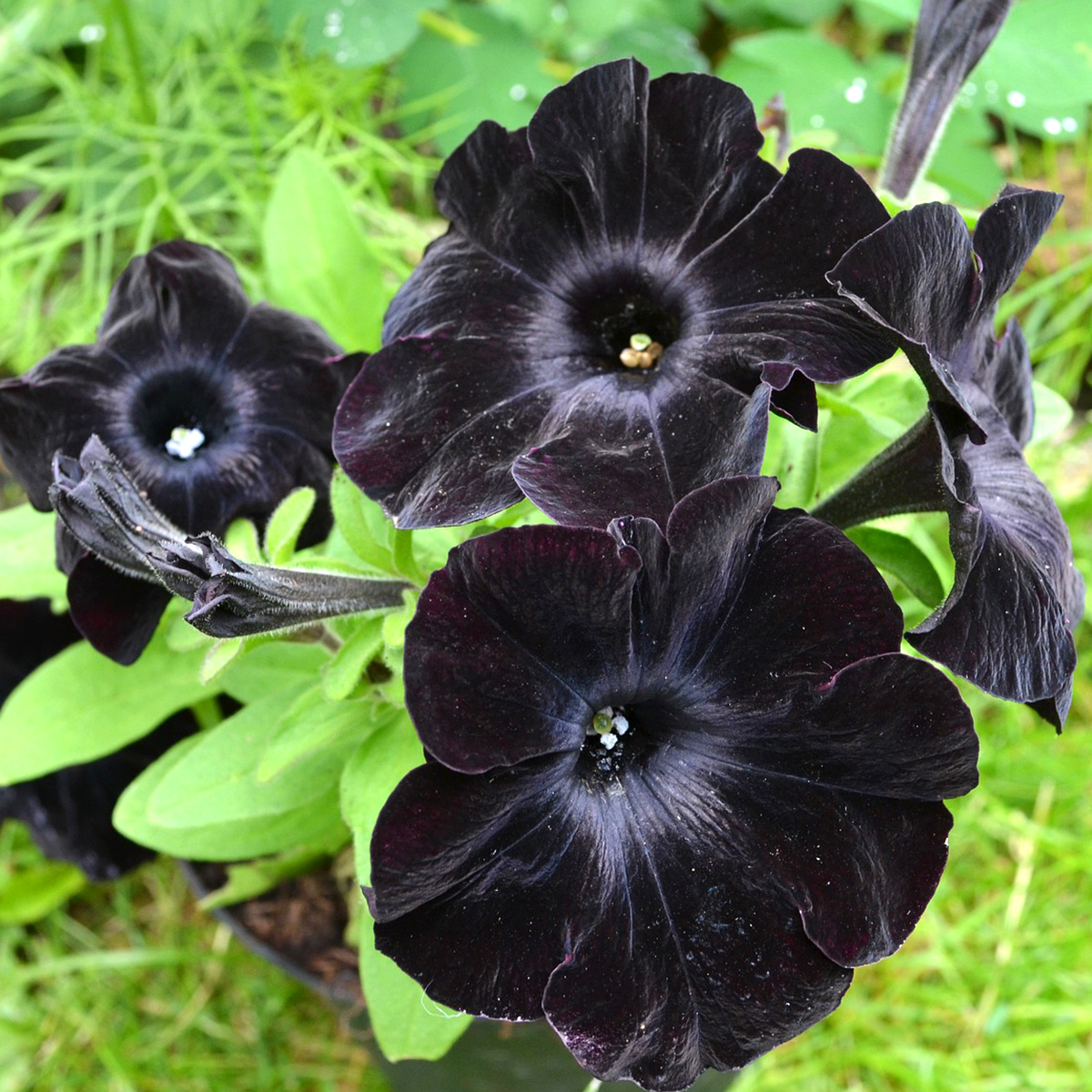
Black Petunias
We’ve been able to cultivate all sorts of different colors and patterns in flowers that wouldn’t exist naturally, in fact. Petunias are a fantastic example. If you go anywhere with petunias for sale, you’ll see an incredible range of rich colors and eye-catching patterns. Neon pinks, highlighter yellows, every shade of purple, reds so red they hurt to look at, cultivated black, warm blues, pure white, delicate pastels, creamy off-whites, stripes, spots, different colored centers, edging, veining, and even watercolor effects have been achieved with petunias. Have you seen a wild petunia before though? They’re quite diminutive with lilac or light pink flowers that don’t have any markings at all. It’s amazing how much variety we’ve been able to cultivate within them!
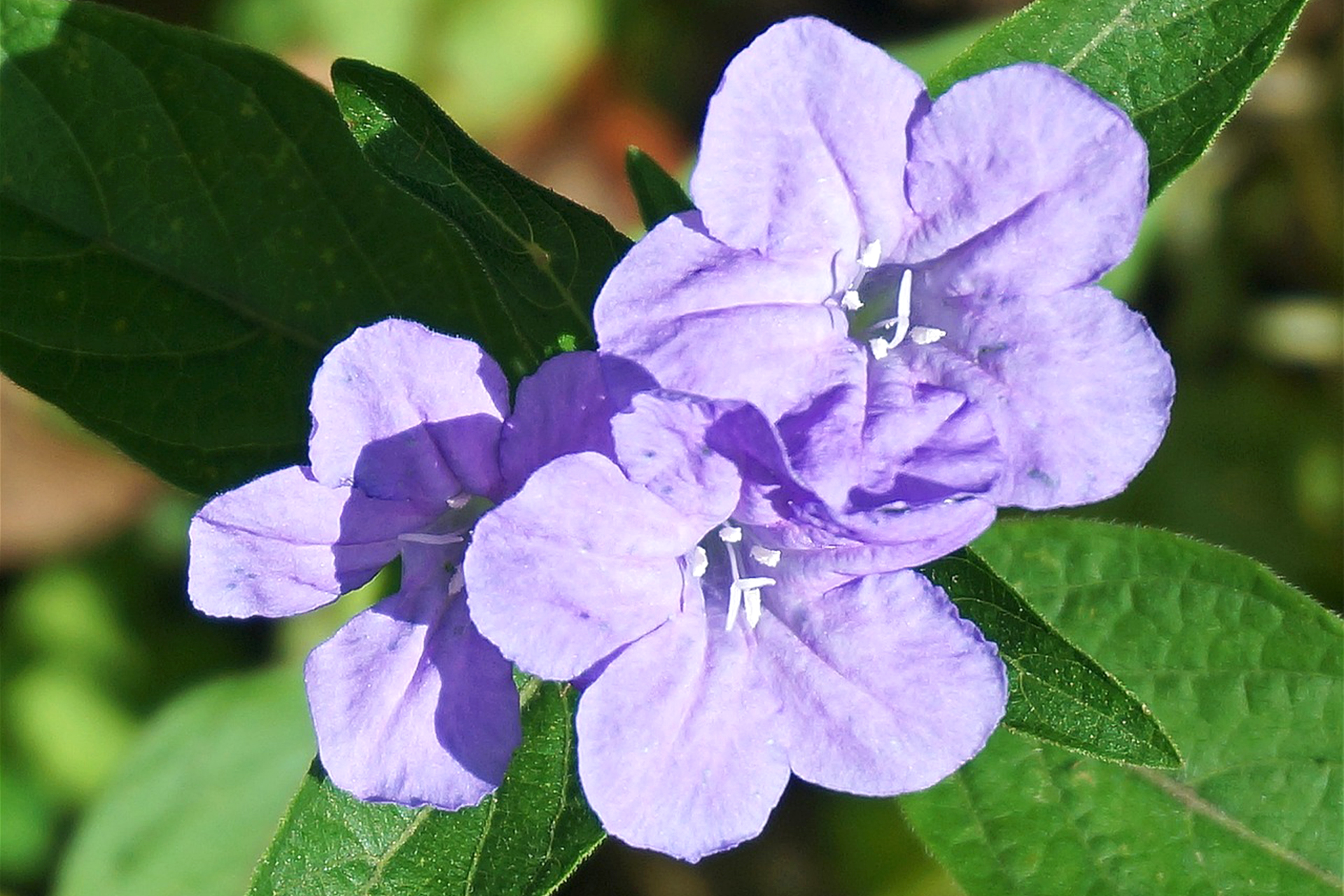
Wild Petunias
Cultivating new colors and patterns is a cumulative process. One wildflower might have a slightly different color that we like and then try to recreate by breeding that particular flower until we can reliably get that color from its descendants. For example, maybe we see a wildflower that’s usually pink but one happens to be light blue due to a mutation or from growing in a different environment where it uptakes different compounds. Both of these colors are caused naturally by anthocyanins, so if we breed a new generation of these flowers to be light blue it’s probably not too difficult to recreate and reliably get from future generations. From there, we might keep breeding the flowers to make them darker blue, which requires more extensive breeding to build up enough anthocyanins and other compounds the flower needs to show as dark blue. Then from there we can try to make them dark blue with stripes, and so on and so forth until we end up with a myriad of different varieties. New cultivars of flowers are coming out each and every single year as we build upon decades, centuries, and sometimes even millennia of previous cultivation to make new varieties. Roses, for instance, have been cultivated for 5,000 years, which is why we have so many different colors, patterns, shapes, growth habits, and even scents of these beloved flowers.
Through cultivation, we’ve been able to create many flowers that would be rare to borderline nonexistent in nature, but there are some “white whales”, if you will, that even extensive cultivation has been unable to obtain. The best example? Blue roses! Blue roses have a mystique about them; they’re enchantingly beautiful and yet to this day they’re unobtainable. Any blue rose that exists is blue because it’s been dyed or painted, there is no way to breed a rose that is blue of its own accord. Rose petals are packed full of anthocyanins though, which is why they’re that rich rose red in the first place, so why can’t we flip the switch to make those anthocyanins into blue? It comes down to genetics. Roses simply don’t carry any sort of gene that will produce the right pigment or allow them to uptake the right compound to create blue petals. Even after 5,000 years of cultivation we haven’t been able to breed a gene into them that will produce a true blue coloration. Think of all of the mutations roses have gone through in that time span too and still there’s no sign of blue pigment popping up in these plants. There are purple roses but they’re all a warm-toned purple, and other cool tones are nonexistent in roses as well. For now, blue roses remain nothing more than a horticultural dream.
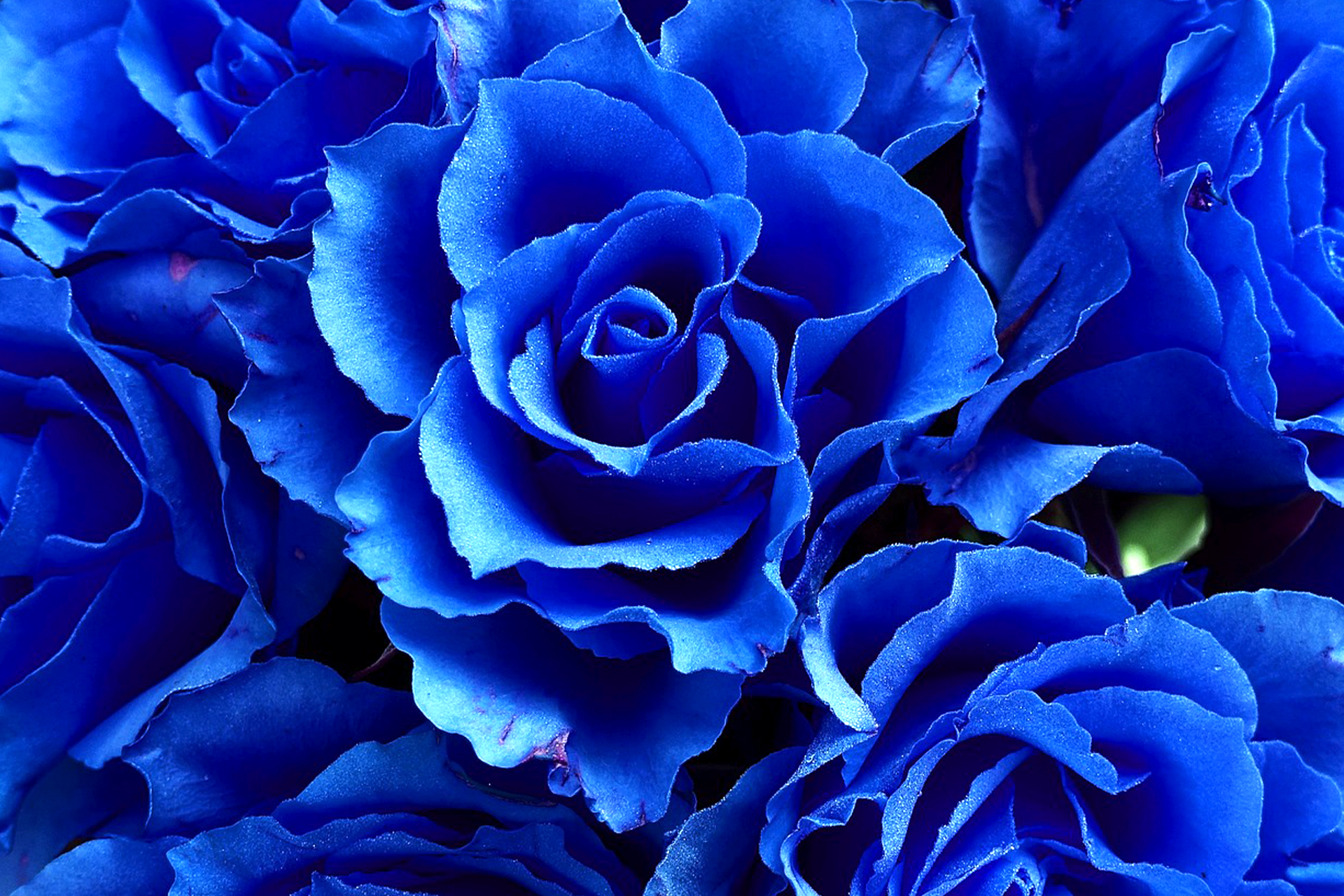
Another thing that has so far evaded our grasp is complex patterning. Stripes and spots aren’t too uncommon, even in uncultivated plants, but what about a swirl pattern or hearts? Patterns even in the most cultivated plants are at the mercy of genetics. You might luck out and get a pansy with spots where one spot happens to be sort of heart-shaped, but to consistently get every spot to be a heart shape every time in every flower of every generation? That’s a lot of genetic luck you’re banking on. So much, in fact, that it could take hundreds more years of cultivation to get just the perfect set of genetics and conditions to achieve that looks, if it’s even possible to achieve at all. Many of our current plant patterns that might seem more complex are thanks to extensive breeding for that trait where the genetics already existed for it in some form, or they’re thanks to pure luck through mutations. The gorgeous and much sought-after patterns of Monstera Albo are thanks to genetic mutations caused by a virus that lead the plant to not produce chlorophyll in random sections of its leaves, as an example. Thai Constellation Monstera, on the other hand, are also variegated due to genetic mutations but these ones were intentionally caused by humans and not a virus. Harnessing genetic mutations and viruses to create new patterns isn’t a guarantee that we’ll get patterns we want or a plant that’s even healthy enough to survive when all is said and done though, so this is an area of cultivation that will elude us a while longer as well. True black flowers, blue roses, and complex plant patterns will likely stay out of the realm of possibility unless cultivation and genetic modification technologies advance to a whole new level.
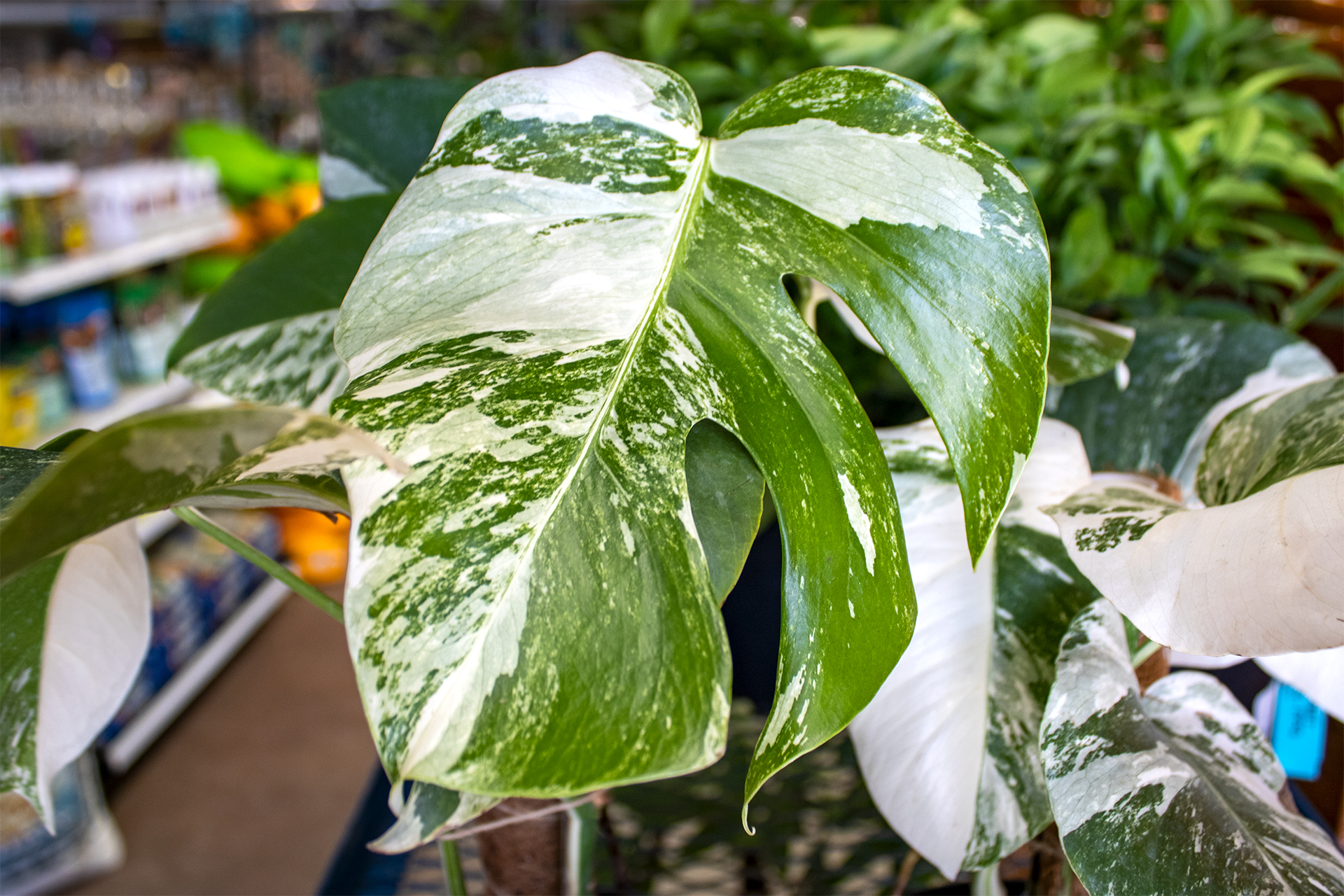
Monstera Albo
One thing that already exists in plants naturally is the ability to change color. Don’t get too excited though, these are gradual color changes, not dramatic shifts that happen in an instant! Fall leaves are of course the most obvious example. As we head into the colder, darker months each year, deciduous plants will start to break down the chlorophyll in their leaves and eventually drop them. Losing their leaves and going dormant over winter saves these plants more energy than they would get from fighting to try and get energy from the dwindling winter sunlight, humans just lucked out that this process makes for some pretty colors in the meantime! As the green chlorophyll breaks down, it loses its pigment and the other compounds in the leaves show through. For leaves with more carotenoids, this means a yellow or orange color. For leaves with more anthocyanins, they’ll dip into reddish tones. Trees that have a lot of natural sugar such as maples go a step further: the sugars interact with the anthocyanins to create a deep, vibrant red. This process can even continue on to the point of producing purple leaves like we see in the aptly named Autumn Purple Ash. Some plants’ leaves will go through all of these colors as the chemicals in them interact with each other over time. With the energy producing chlorophyll gone though, the leaves aren’t useful to the plant anymore and will eventually fall off, ending the autumn show.
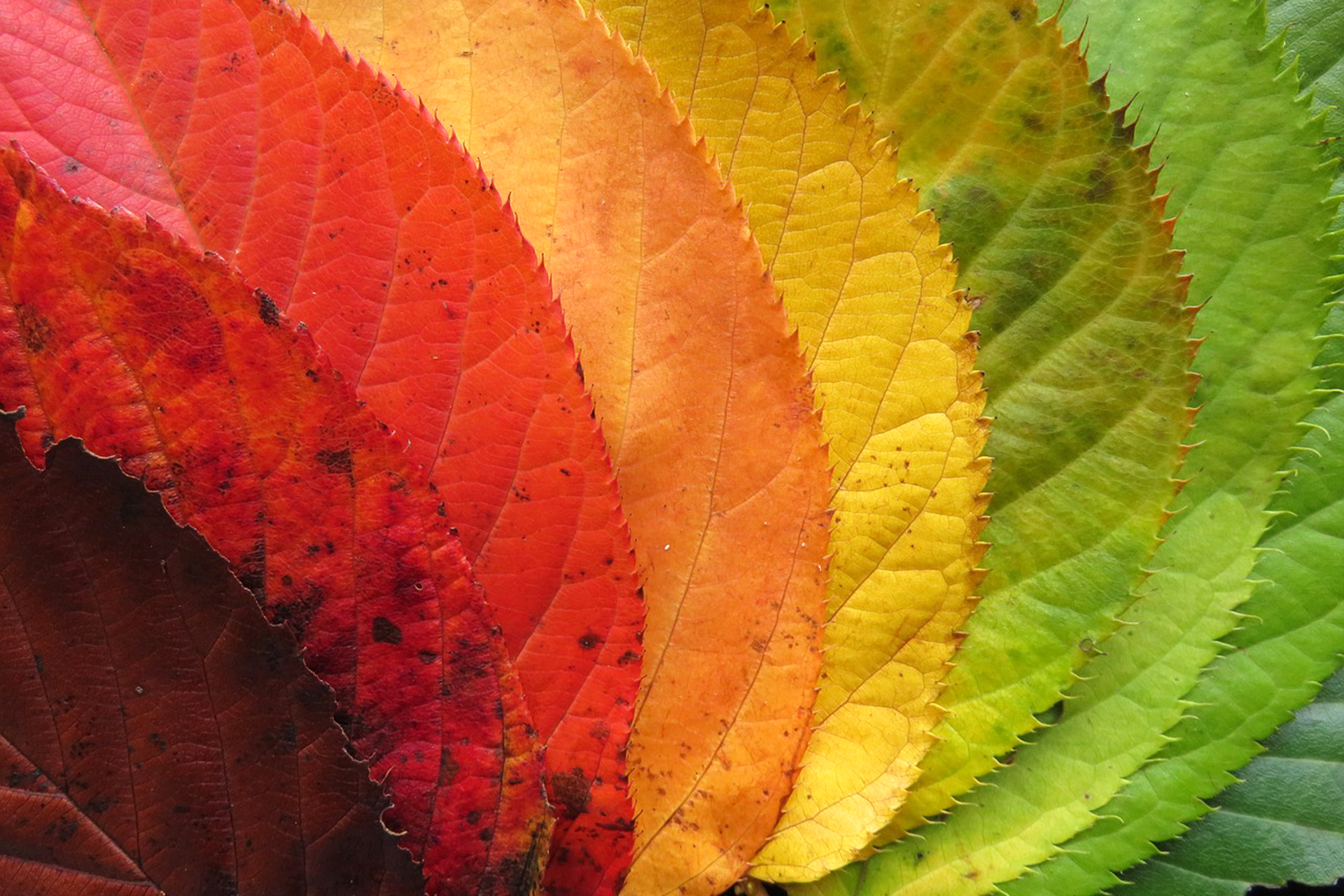
The other best example of color-changing plants is hydrangea. Hydrangeas are well known for coming in pink, purple, and blue depending on how acidic the soil they’re in is. What you many not know is that it’s not actually the soil acidity that impacts the flower color. Instead, the acidity affects how much aluminum the hydrangea is able to uptake. More acidic soils make it easier for the plant to suck up aluminum from the soil, which then interacts with anthocyanins in its petals to make blue flowers. More alkaline soils, like we have here in Northern Nevada, have less aluminum available, so the anthocyanins show as pink instead. Purple is somewhere in the middle, and you can even have all 3 colors on the same plant. There are flowers that will change color over time as they age or are exposed to more sunlight, but hydrangeas are the only plants we know of that are capable of changing colors depending on the soil conditions, making them a unique addition to your garden!
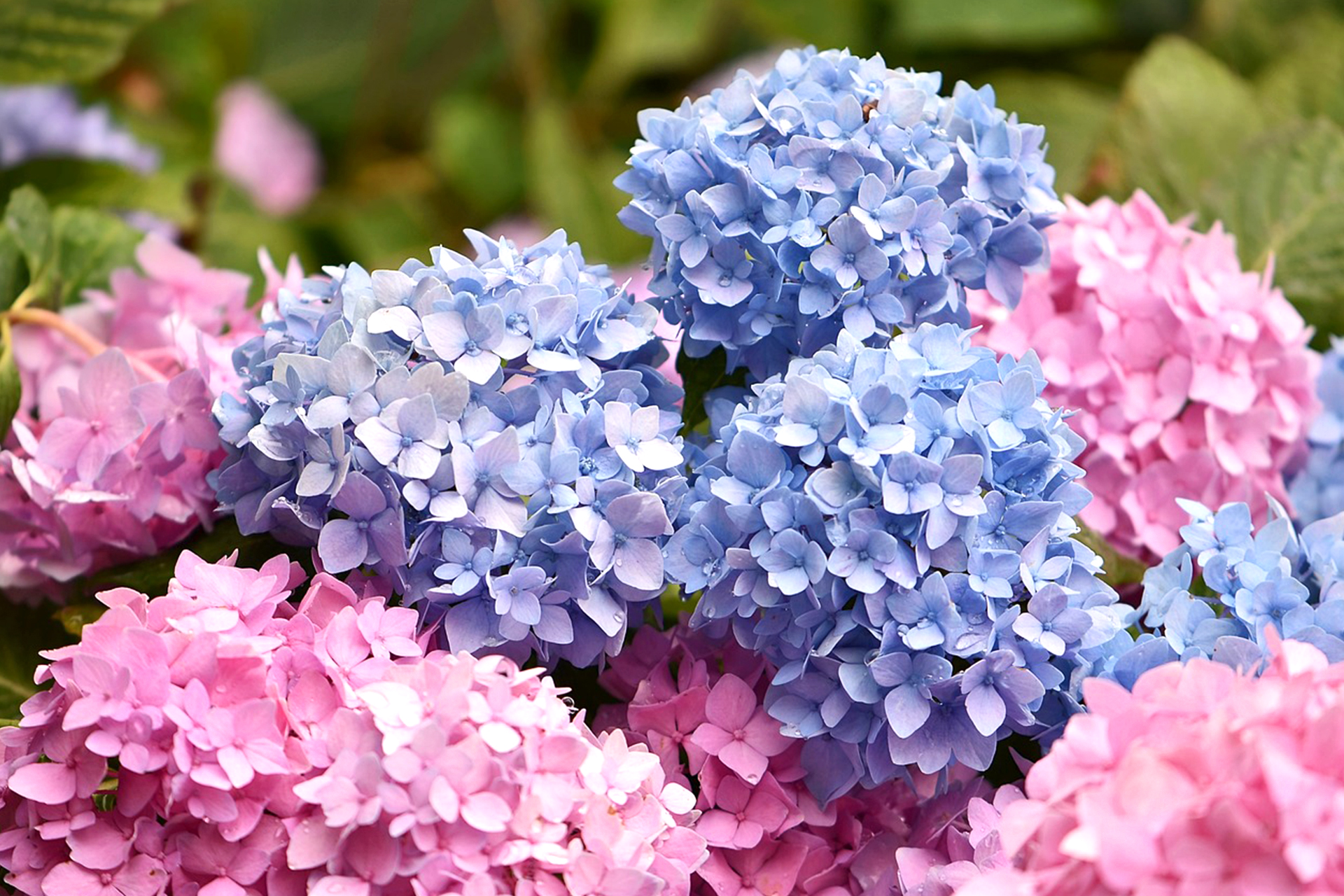
While some colors and patterns are still out of our grasp, it’s incredible to think of the huge range we have in our current plants! There are so many different designs you can go with in your garden, whether you want your flowers to be your favorite colors, gothic “black”, refreshing cool-tones, fiery warm-tones, complementary colors, or representing the whole rainbow. Mix and match patterns or even go for some color-changing plants in your yard for extra excitement, there’s no end to the combinations you can make. Next time you need a new addition to your garden, or just some artistic inspiration, stop by and enjoy all the variety to be had!

If you have any questions, stop by any one of our three Moana Nursery garden centers or contact us online.
Share
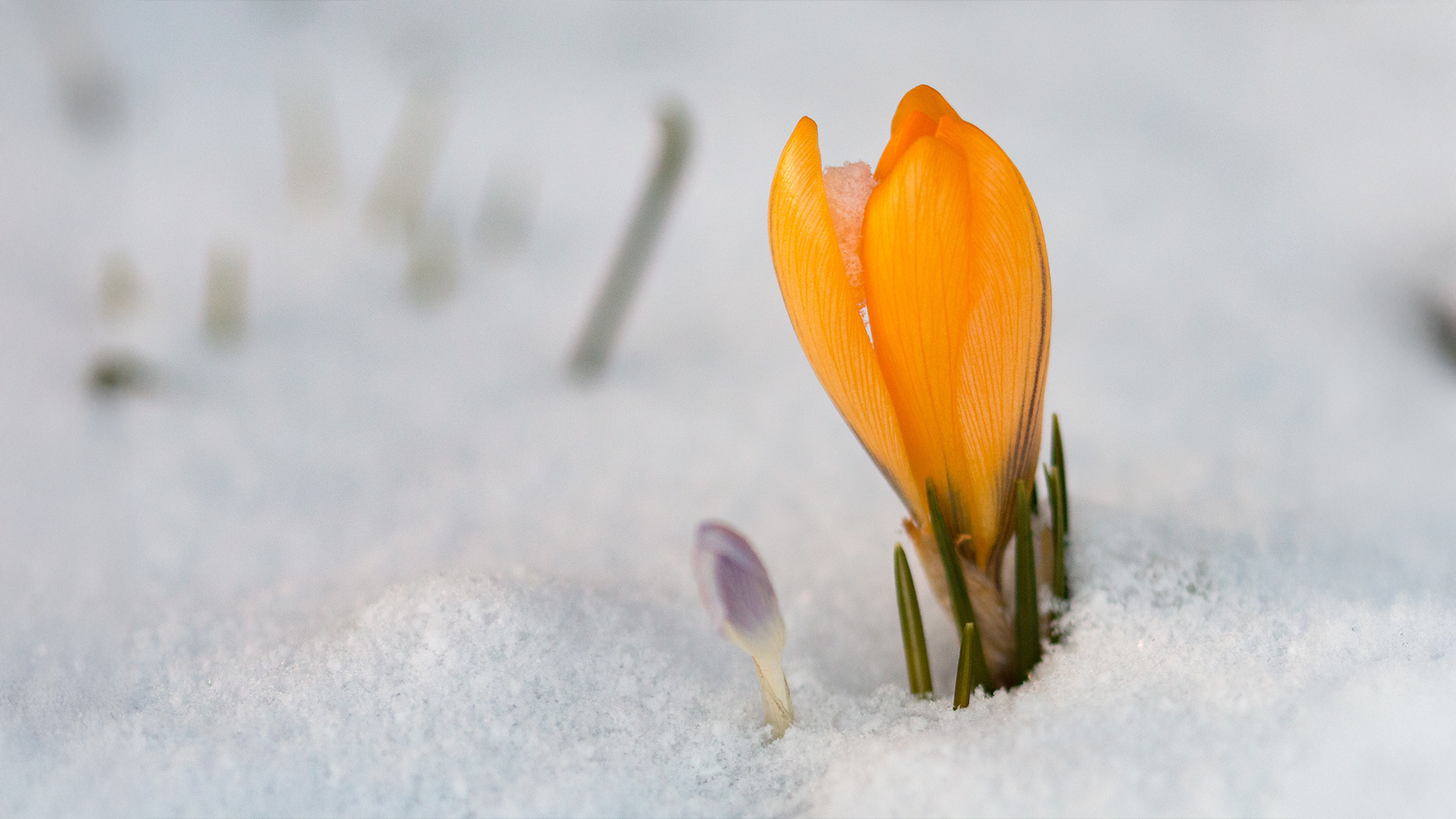
Sometimes a sudden warm spell can trick your spring bulbs into emerging too early. Here's how to protect your bulbs and ensure they thrive once the true spring weather arrives.
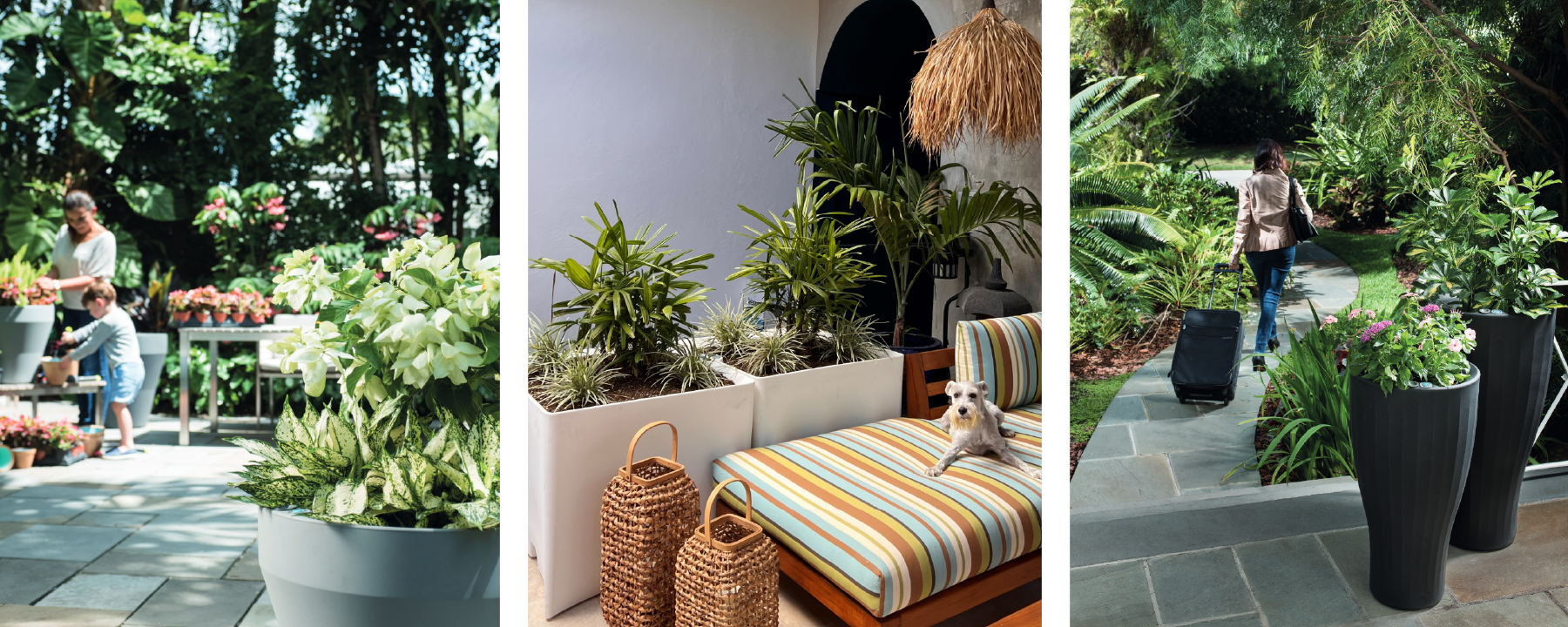
Let's delve into the world of self-watering pots and explore how they're changing the landscape of gardening.
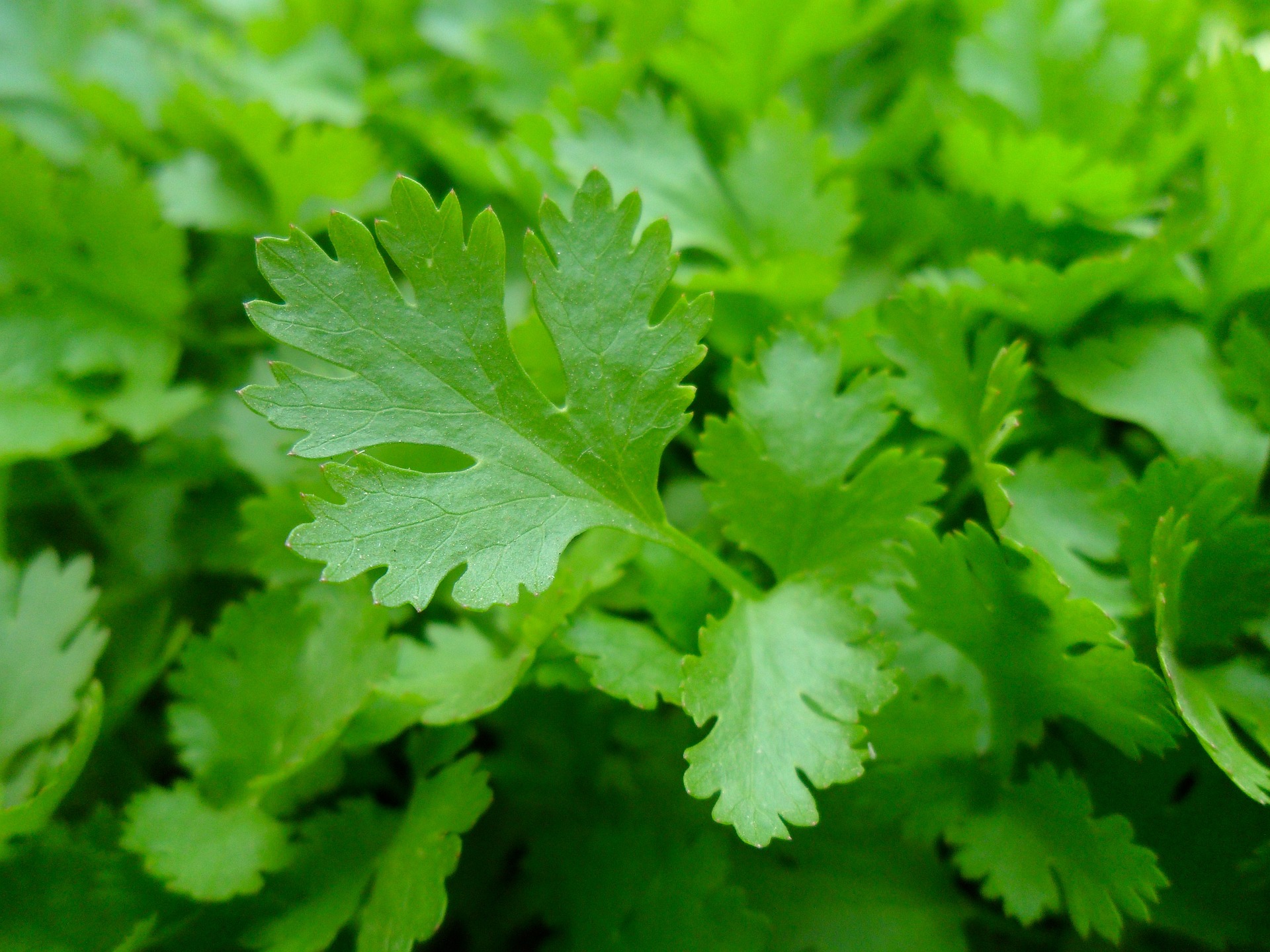
Here are some tips for successful early-season gardening, including cold-tolerant herbs and veggies and frost protection strategies.
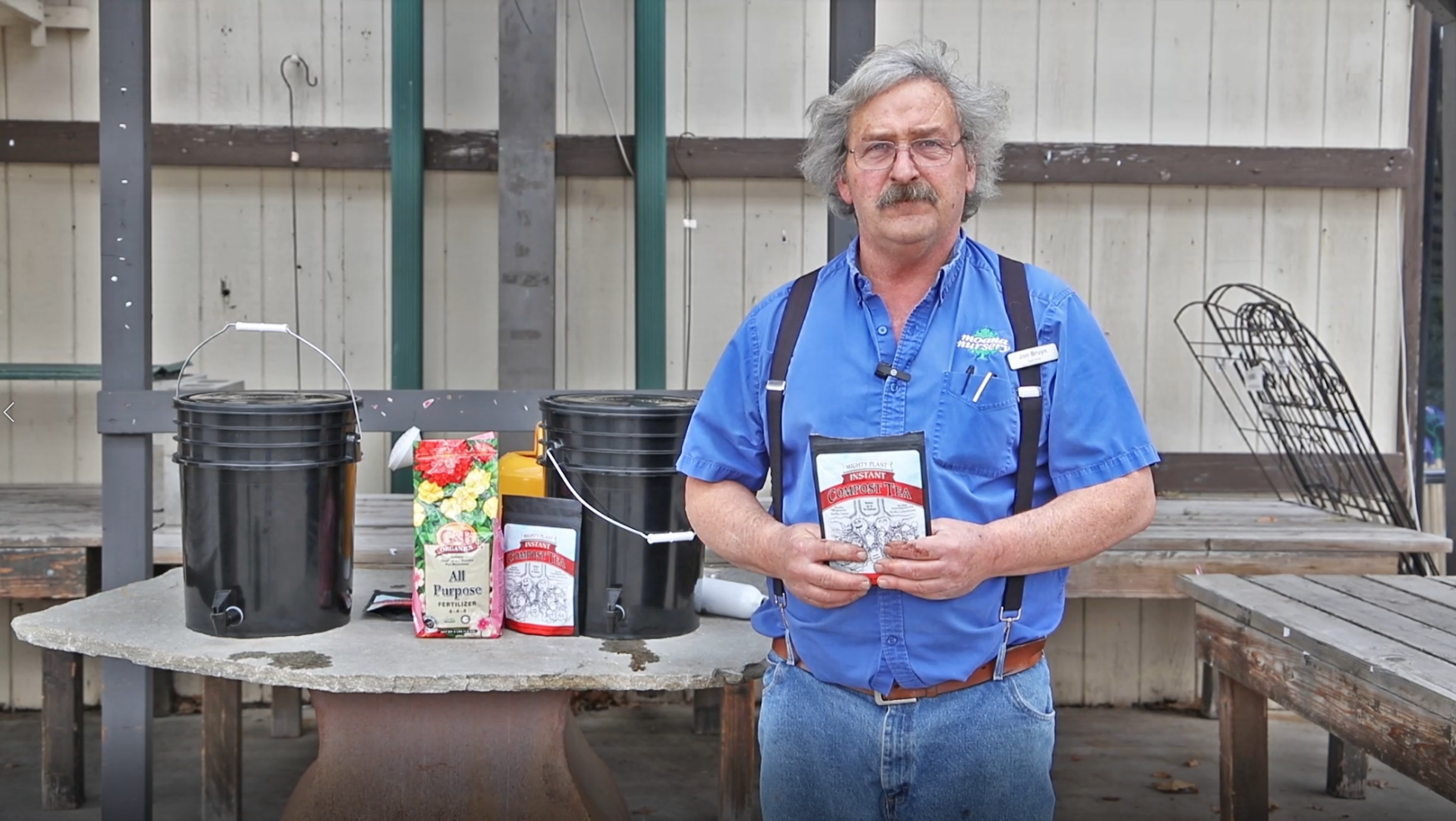
Instant Compost Tea is a game-changer for gardeners looking for an easy and effective way to boost the health of their plants and soil.
